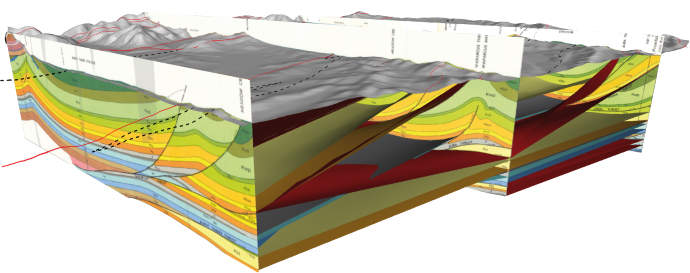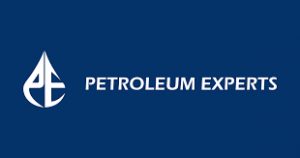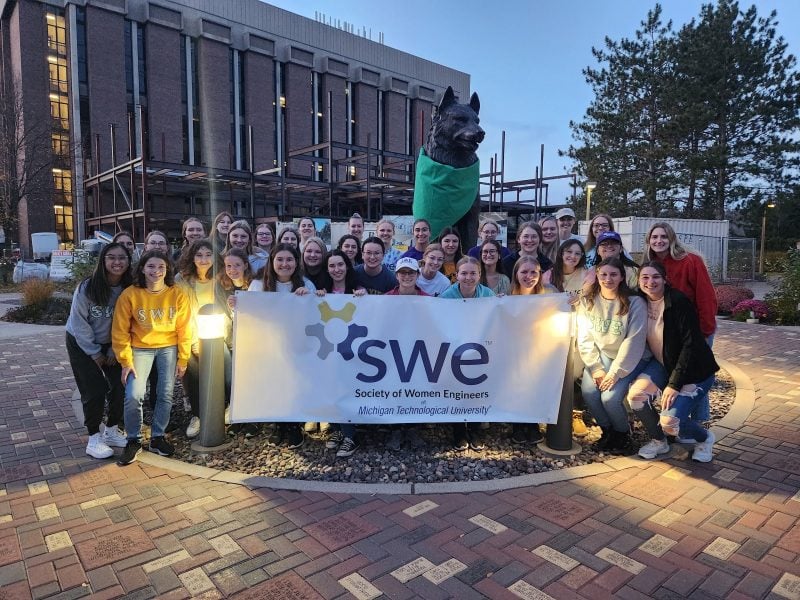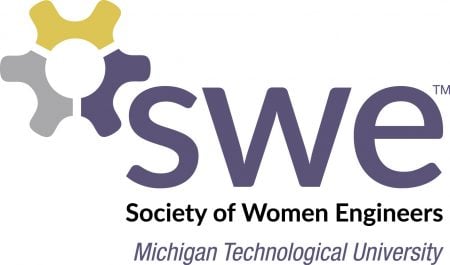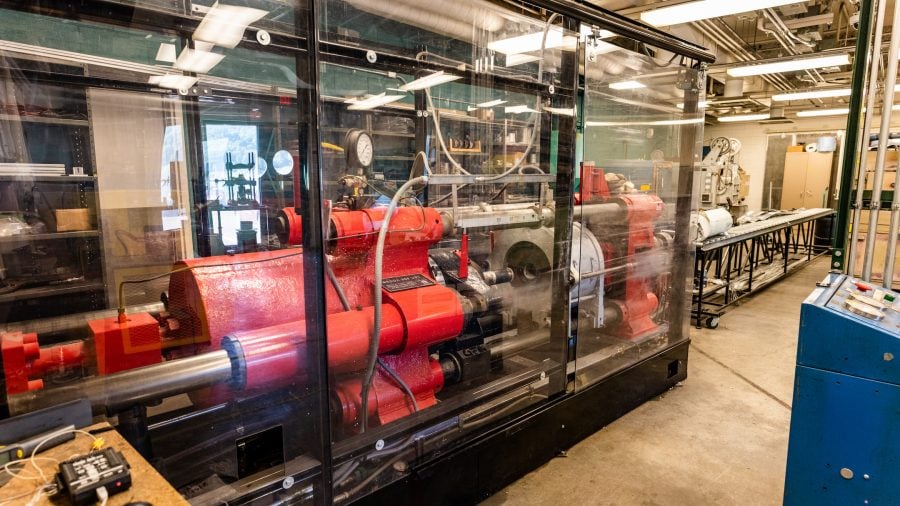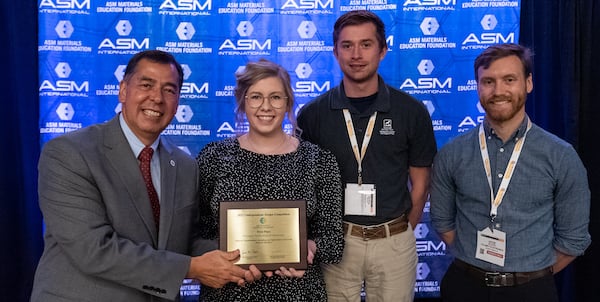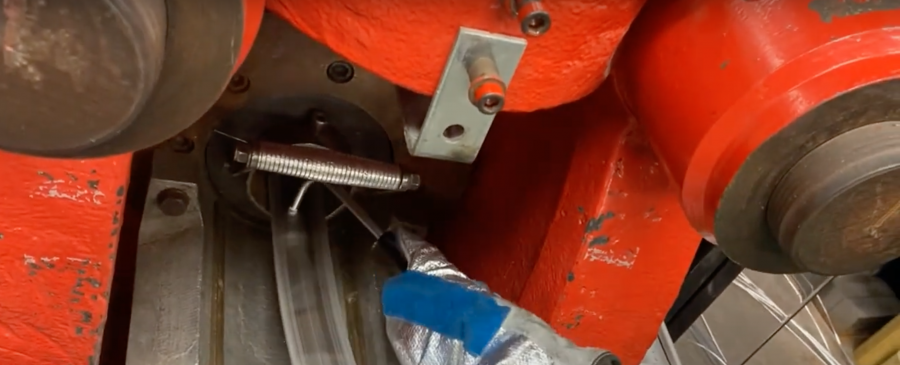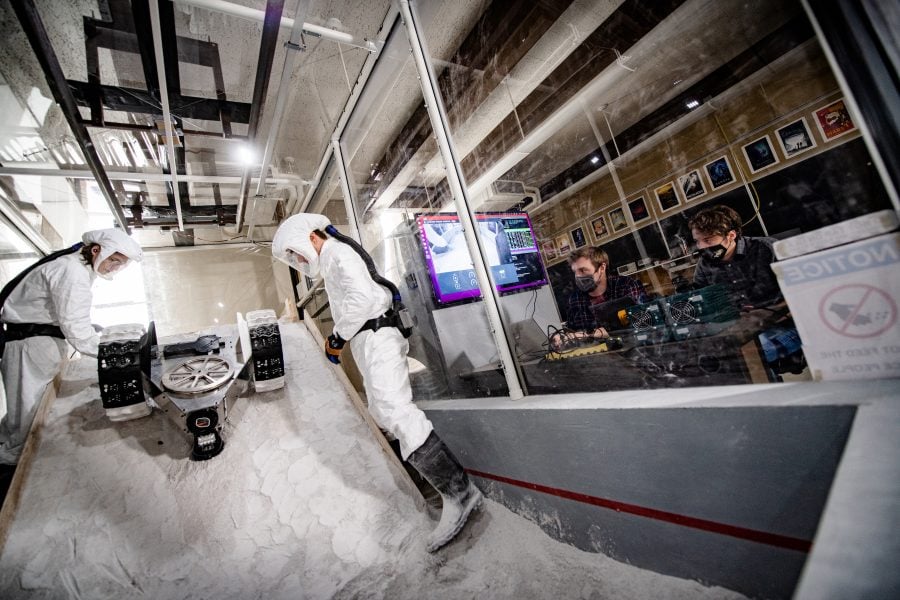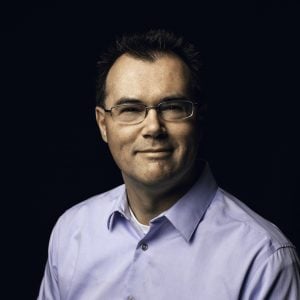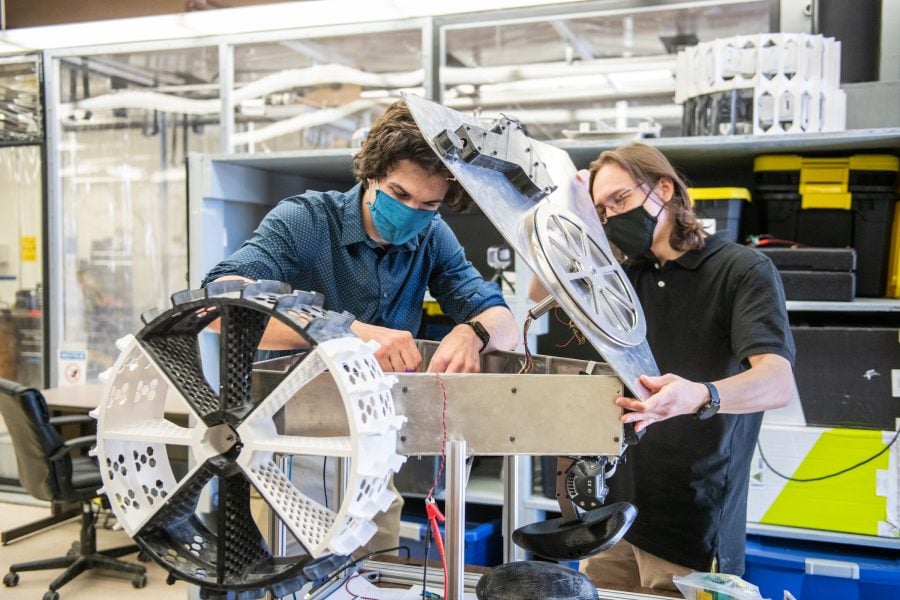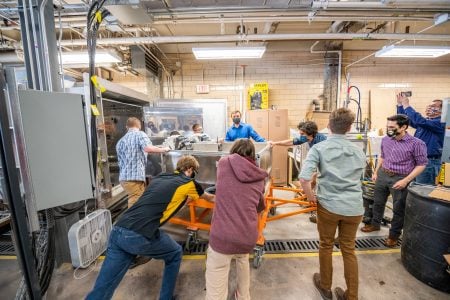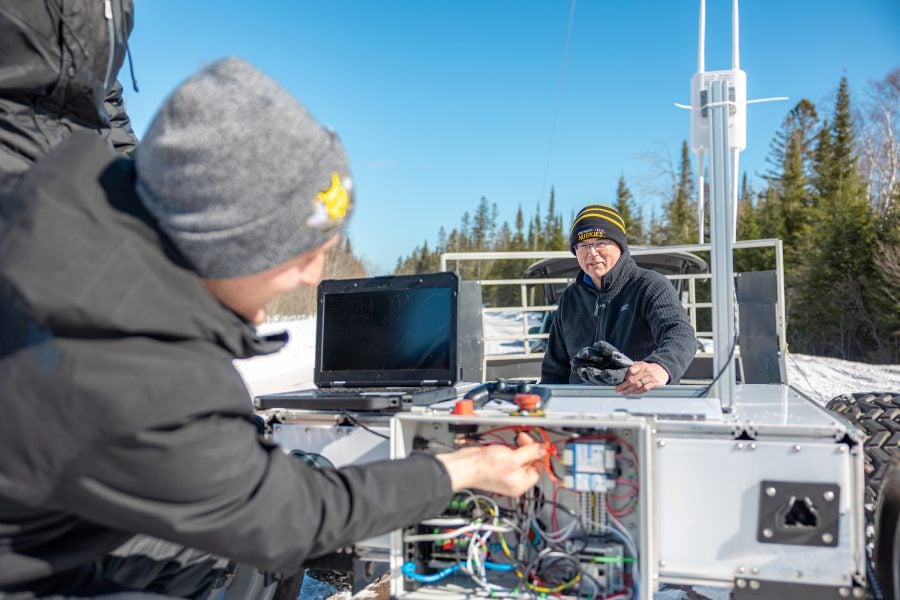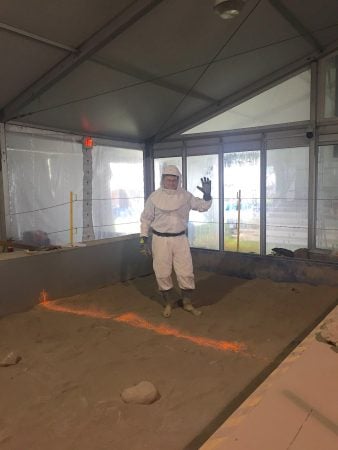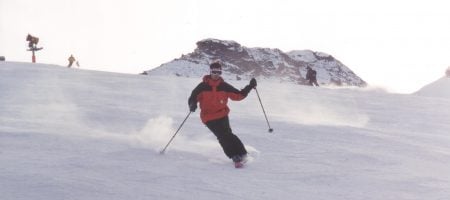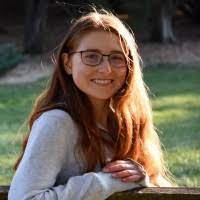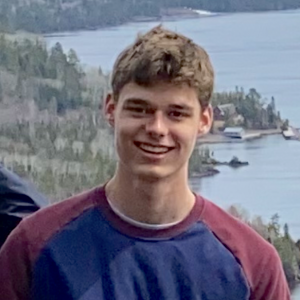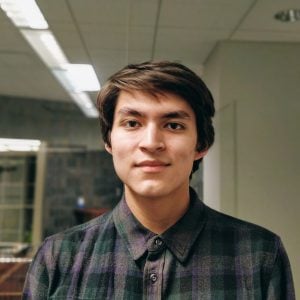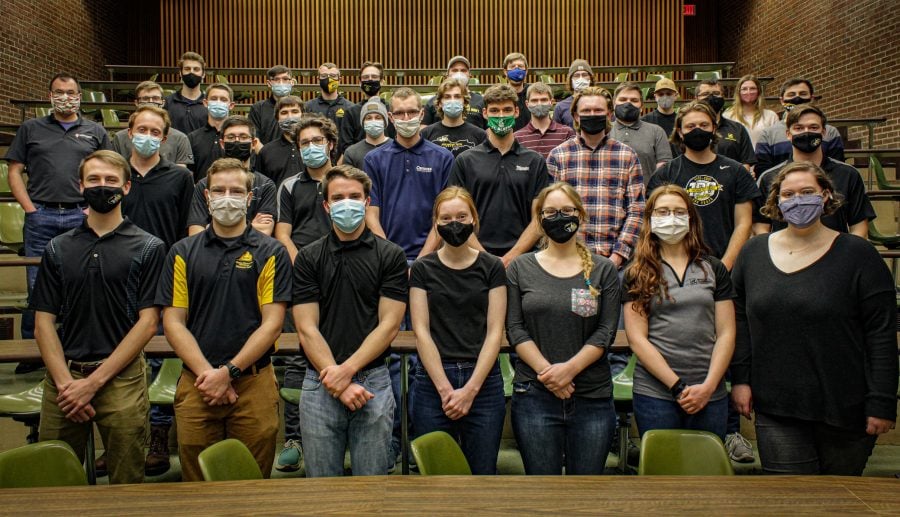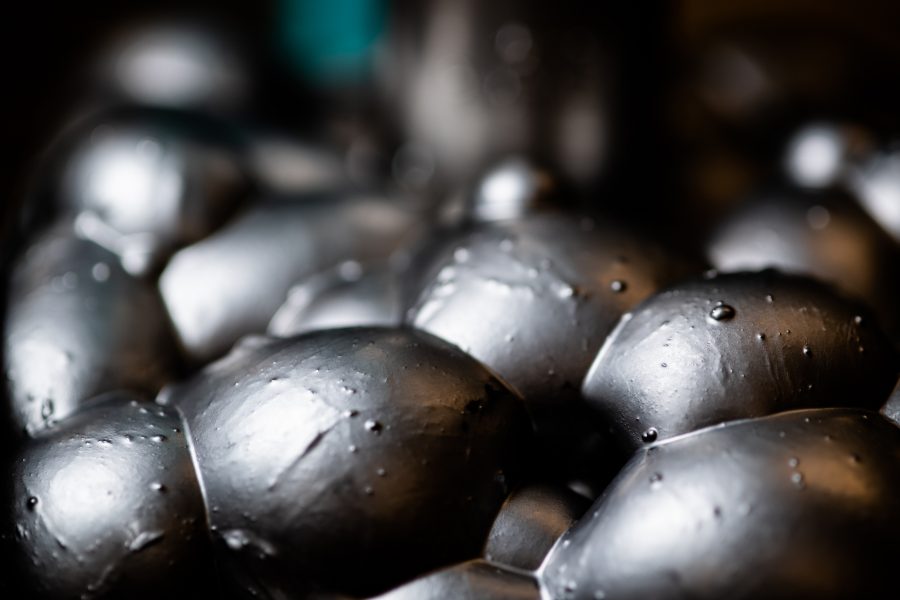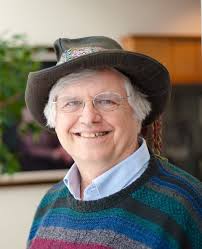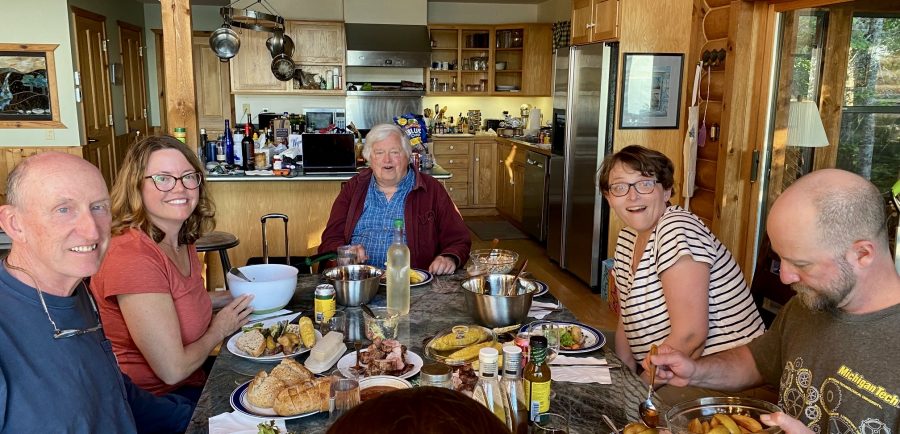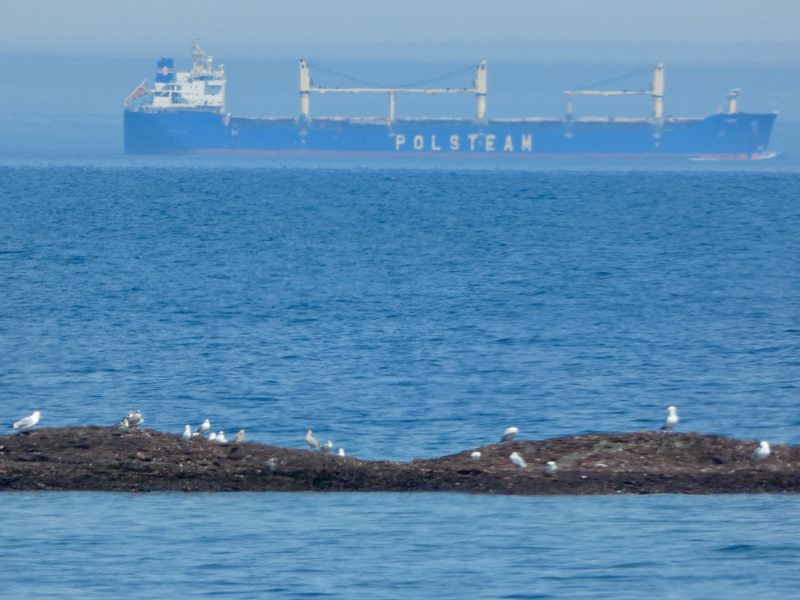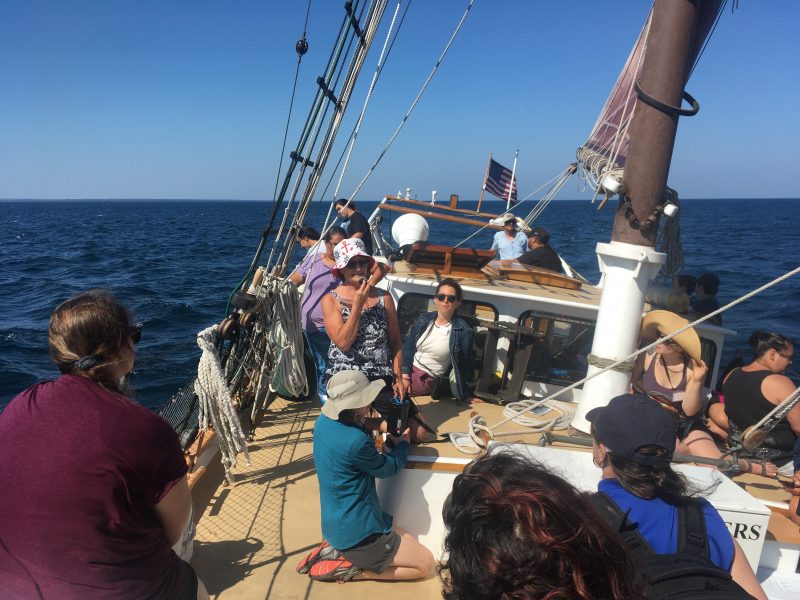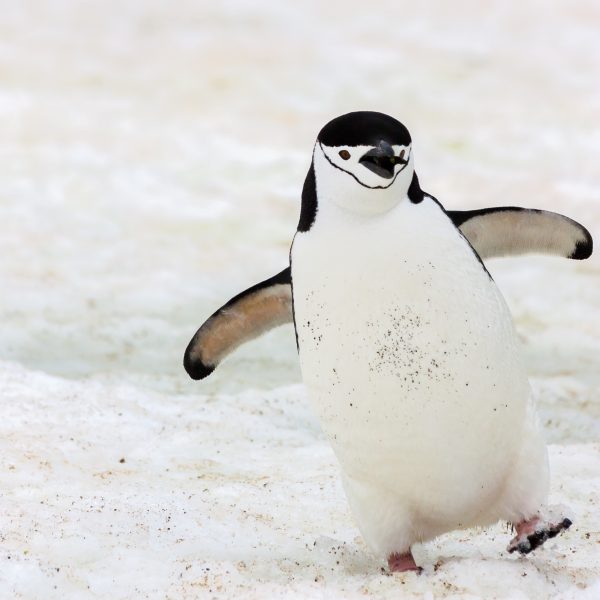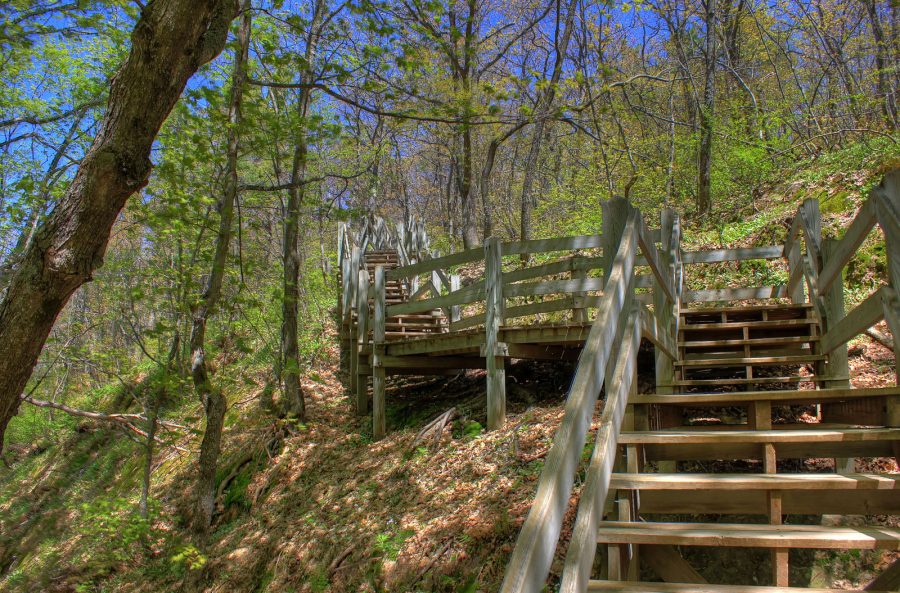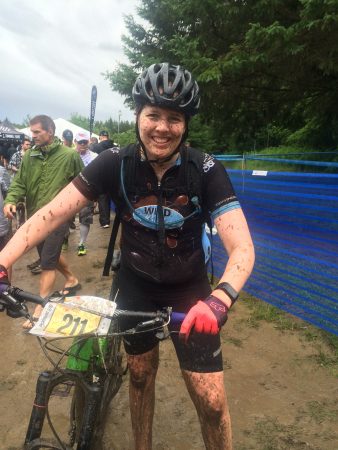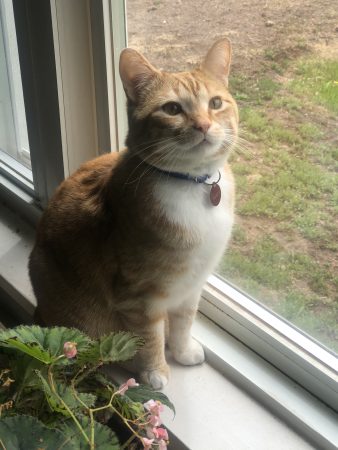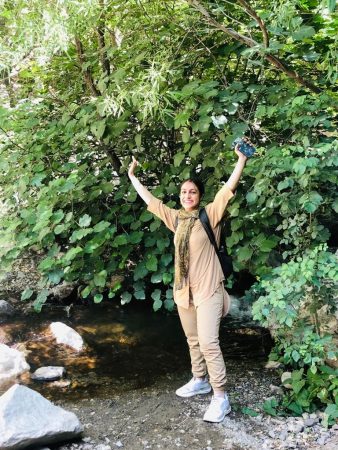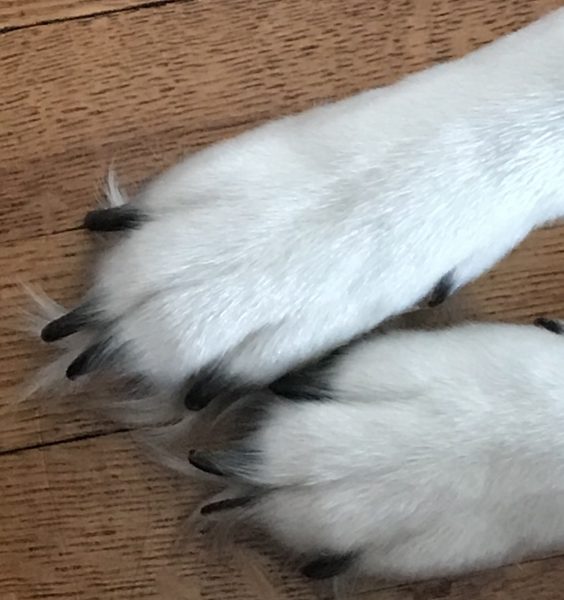
Celebrate Winter Carnival 2023 from wherever you are and Give Back to the Pack on Feb. 8–10!
Your gift—big or small—will create an immediate impact on the lives of Michigan Tech students and the community.
Huskies from across the country and globe are coming together during this time-honored Michigan Tech tradition to make a difference in the lives of our 7,000+ students.
Give Back to the Pack starts at 4 p.m. on Wednesday, Feb. 8 as Winter Carnival recess begins on campus. It ends 48 hours later on Friday, Feb. 10. All giving will be routed through the website: giveback.mtu.edu. Gifts can be made in any amount and to any area of campus. Dozens of exciting giving challenges from departments and individuals across campus will increase the impact of gifts with dollar-for-dollar matches.

In addition to making a gift, you can make a difference by spreading the word about Give Back to the Pack. Sign up to be an official ambassador for the 48-hour giving challenge, or simply tell others through your channels and help us spread the word.
Worth noting: Michigan Tech’s last giving day event was in April 2019 and raised $570,813 from 1,337 gifts.
This event celebrates what makes Tech special: our strong culture of philanthropy among alumni, faculty, staff, students and the community.
Thank you for supporting Michigan Tech. Together we can make a great impact for our University!




